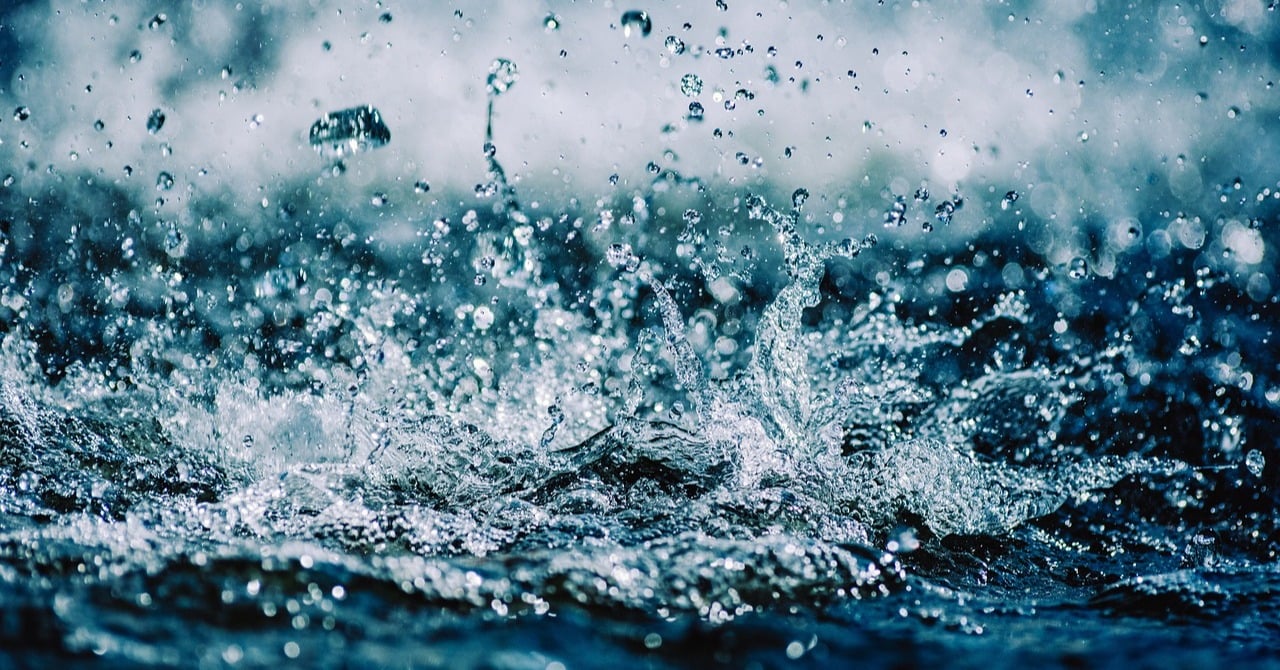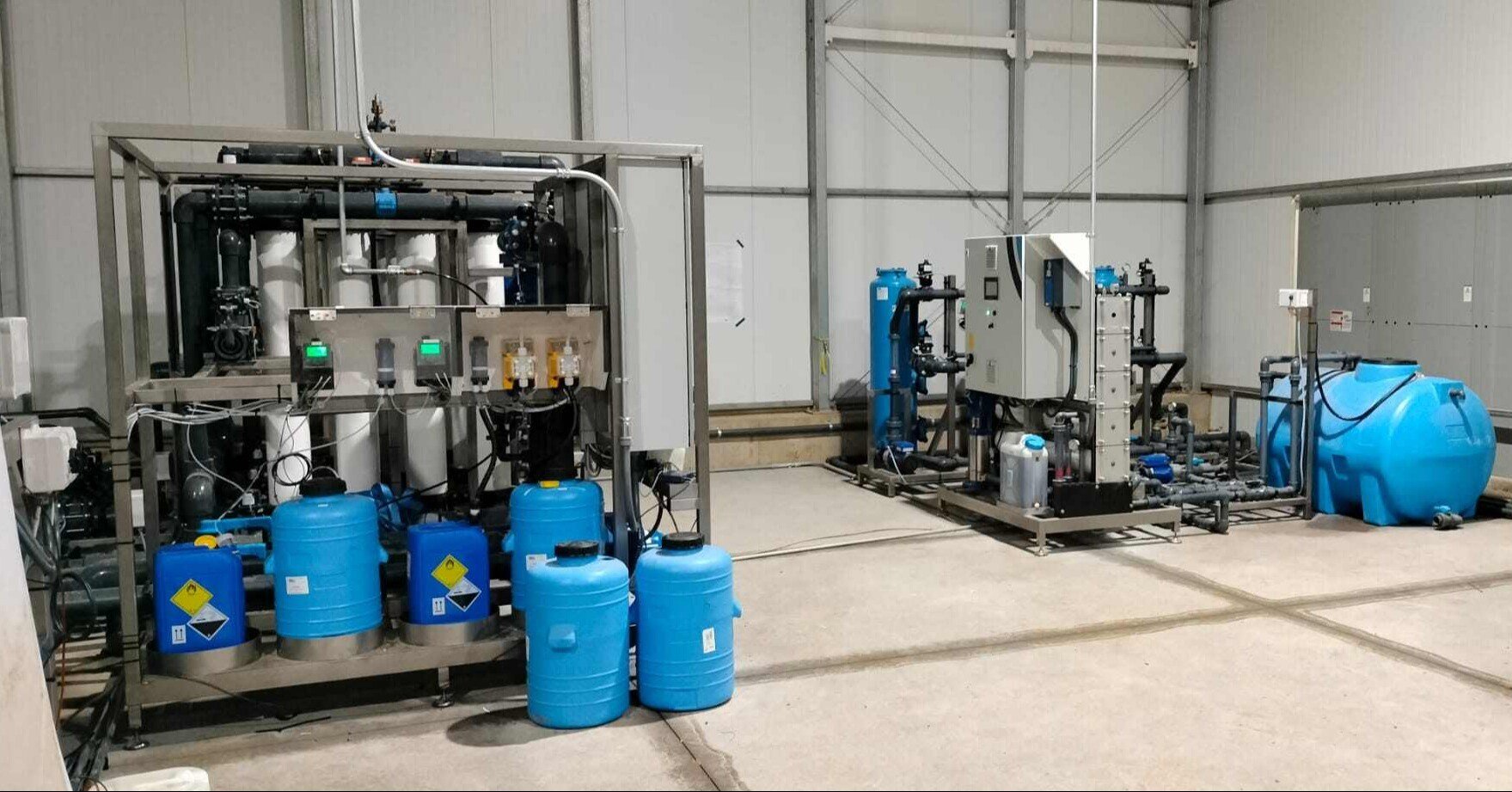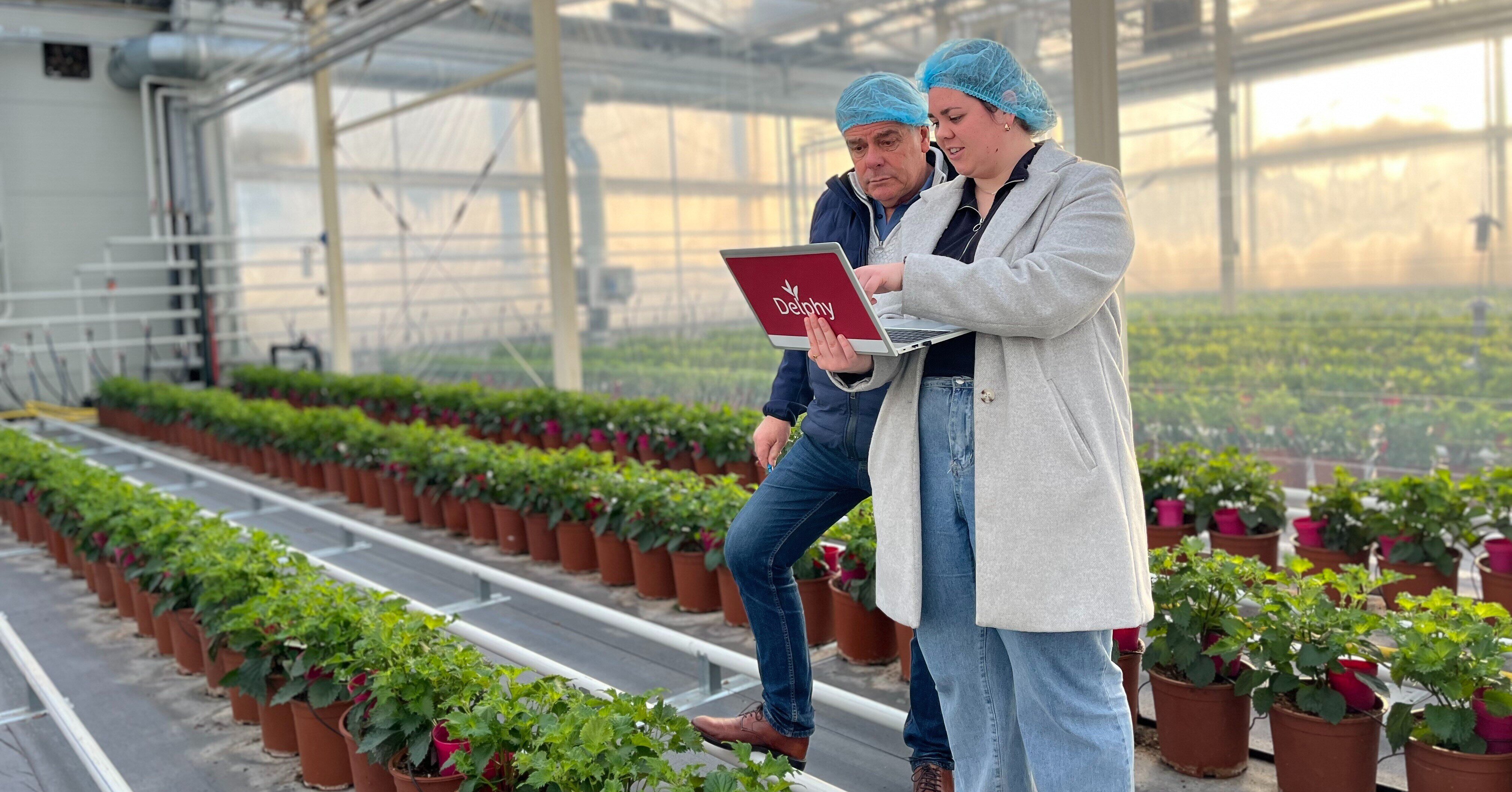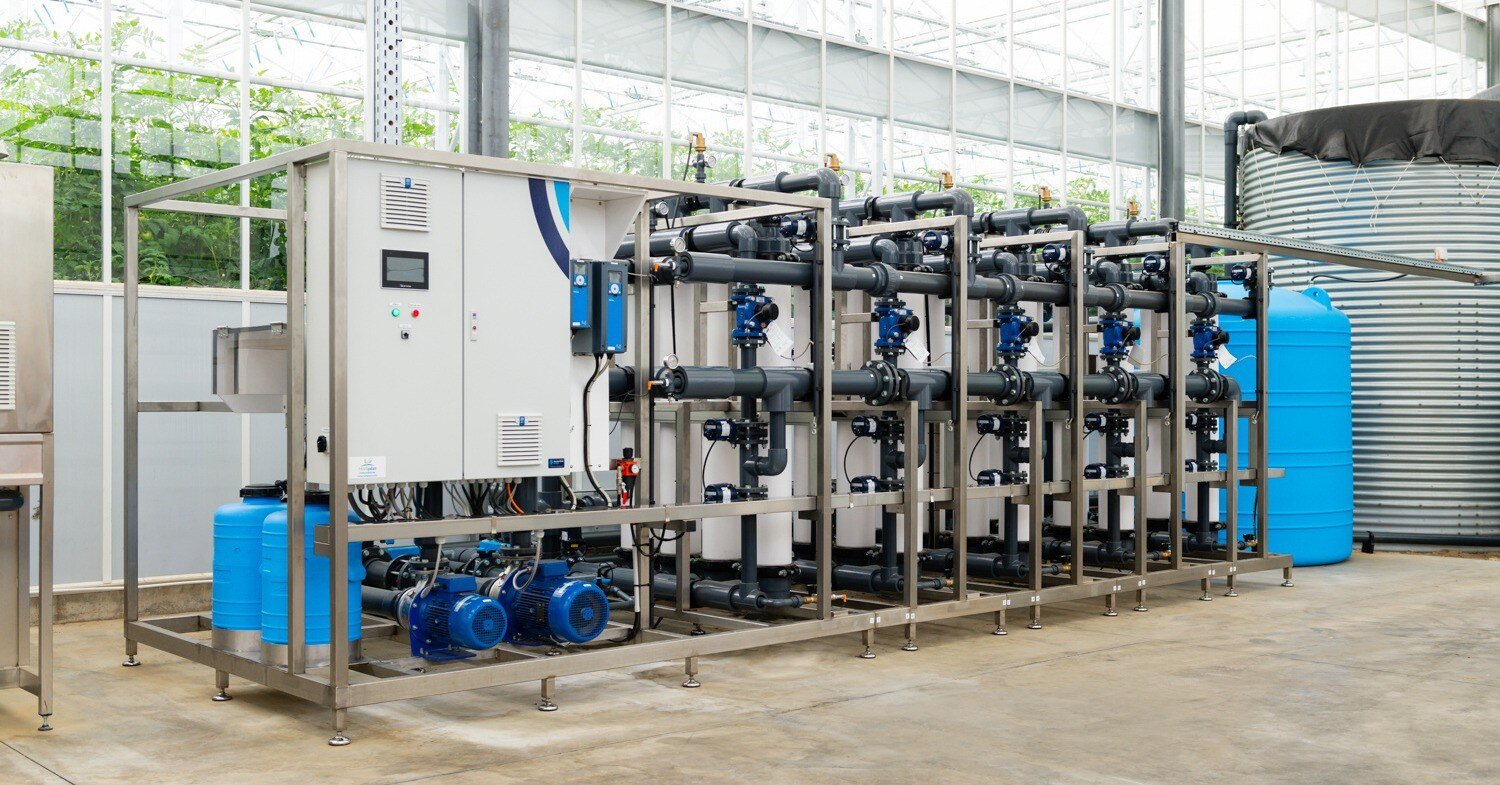- Prefer direct contact? +31 (0)79 593 38 00
- Language: English
The Quality and Risks of 4 Water Sources for Growers

The Quality and Risks of 4 Water Sources for Growers
Oct 31, 2023 11:59:29 AM
Growers in their nurseries use water from various sources. Rainwater is the most common, but in addition, they also use well water, tap water, or surface water. All these water sources have their specific characteristics, advantages, and disadvantages. Ruud Schulte, responsible for Sales, Innovations, and R&D at Van der Ende Group, explains what entrepreneurs should pay attention to and where the risks lie. He also emphasizes the importance of diversifying risks and conducting regular measurements and analyses.
Let's take a closer look at the different water sources:
1. Irrigation water: rainwater
"Rainwater, or simply rain, is the ideal water source for growers. It's often the primary source for many entrepreneurs. Other water sources are essentially 'secondary,'" says Ruud Schulte. "The advantage of rainwater, usually collected in a basin, is that it's free. Additionally, it has a low electrical conductivity (EC) and contains minimal sodium. This allows growers to customize the desired nutrient composition."
A downside of rainwater, according to the water specialist, is that it's not always available and not always in the right quantities. "Moreover, when storing water in a basin, there's a risk of bacterial and algal growth. Disinfection is a must before the water enters the greenhouse and reaches the crops."
2. Irrigation water: Well Water
Growers sometimes use well water, which they pump up from the ground. The major drawback, according to Schulte, is that well water often has a higher EC and frequently contains excessive sodium and bicarbonate. "In such cases, you need to desalinate the water before use. Only then can you add the desired nutrients. Desalination is possible through reverse osmosis. Well water is usually a last resort in areas with little rainfall or limited storage capacity."
When well water is of good quality, desalination isn't necessary. Although well water is usually free from harmful bacteria, viruses, and fungi, it's wise to have it checked.
3. Irrigation water: Tap Water
Tap water is also occasionally used in horticulture. A significant downside of this water type, according to Schulte, is that it typically contains a lot of impurities and has a high sodium content. "If you rely solely on tap water as a grower, the sodium levels in your drainage water can become excessive. To prevent this, you must use reverse osmosis (RO). This comes with costs, and you'll also have to pay for every gallon of tap water you use. As a result, tap water is relatively expensive to use."
The High-Performance Reverse Osmosis (HPRO) system from Van der Ende Group can significantly reduce operational costs, according to the water specialist. "HPRO requires less tap water for the same production as a standard RO system. Additionally, it can achieve a recovery rate of up to 95%, and the system is 30-40% more energy-efficient than regular RO systems."
4. Irrigation water: Surface Water
In countries like South Korea and the United States, the use of surface water, which comes from rivers or lakes, is quite common. According to Schulte, the quality of surface water depends on the location and season. "This issue can be addressed by passing the water through various filtration steps. You start with ultrafiltration, which removes all pathogens and insoluble particles from the water. After that, reverse osmosis is necessary to remove all salts and dissolved substances, including nutrients."
Prevent Water Issues; Opt for Risk Diversification
Ruud Schulte stresses the importance of growers being vigilant about the quality of the incoming water and the associated risks. "In practice, I often see that entrepreneurs aren't paying enough attention to this," he points out. "It's also important for growers to have a backup plan if a specific water source is unexpectedly unavailable or insufficient. So, don't put all your eggs in one basket; choose multiple sources. The consequences of a water shortage are, understandably, critical for your crops."
He also mentions the importance of diversifying risks in other aspects. "For example, opt for two smaller reverse osmosis systems instead of one large installation. If one system goes down, you can still purify your water."
Measurements and Analyses for Optimal Nutrient Delivery
The water specialist also emphasizes the need to measure the electrical conductivity (EC) and pH of incoming water so that growers can adjust their nutrient delivery accordingly. "This can be done easily with an EC and pH sensor. However, such a sensor only provides insight into the total EC, not the specific nutrients in the water."
To gain insight into those nutrients, it's essential to regularly take a sample of the incoming water and have it analyzed in a laboratory. This helps fine-tune your fertilization recipe. Additionally, the reuse of nutrients and drainage water is becoming more important and is becoming a legal requirement in more and more countries.





